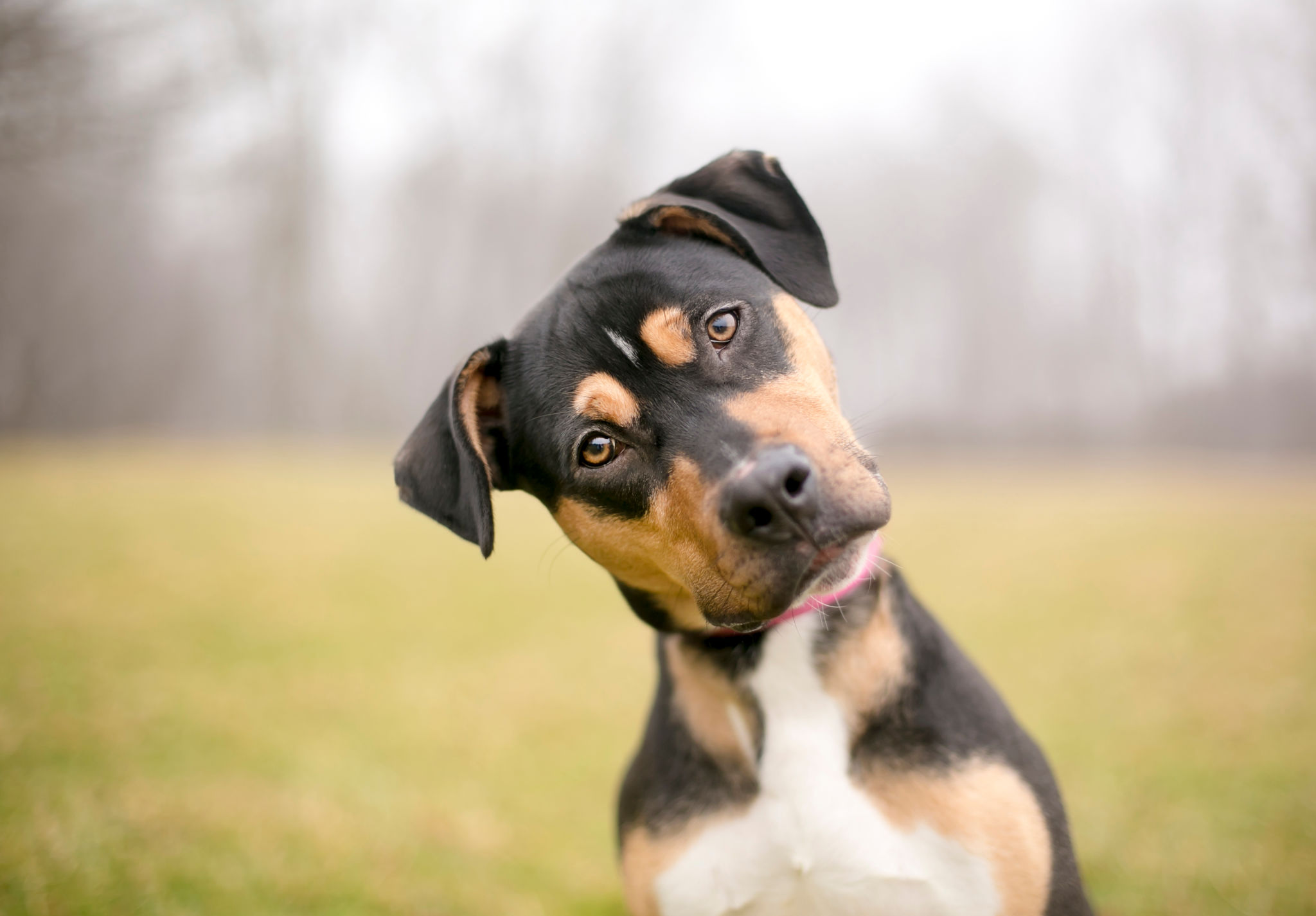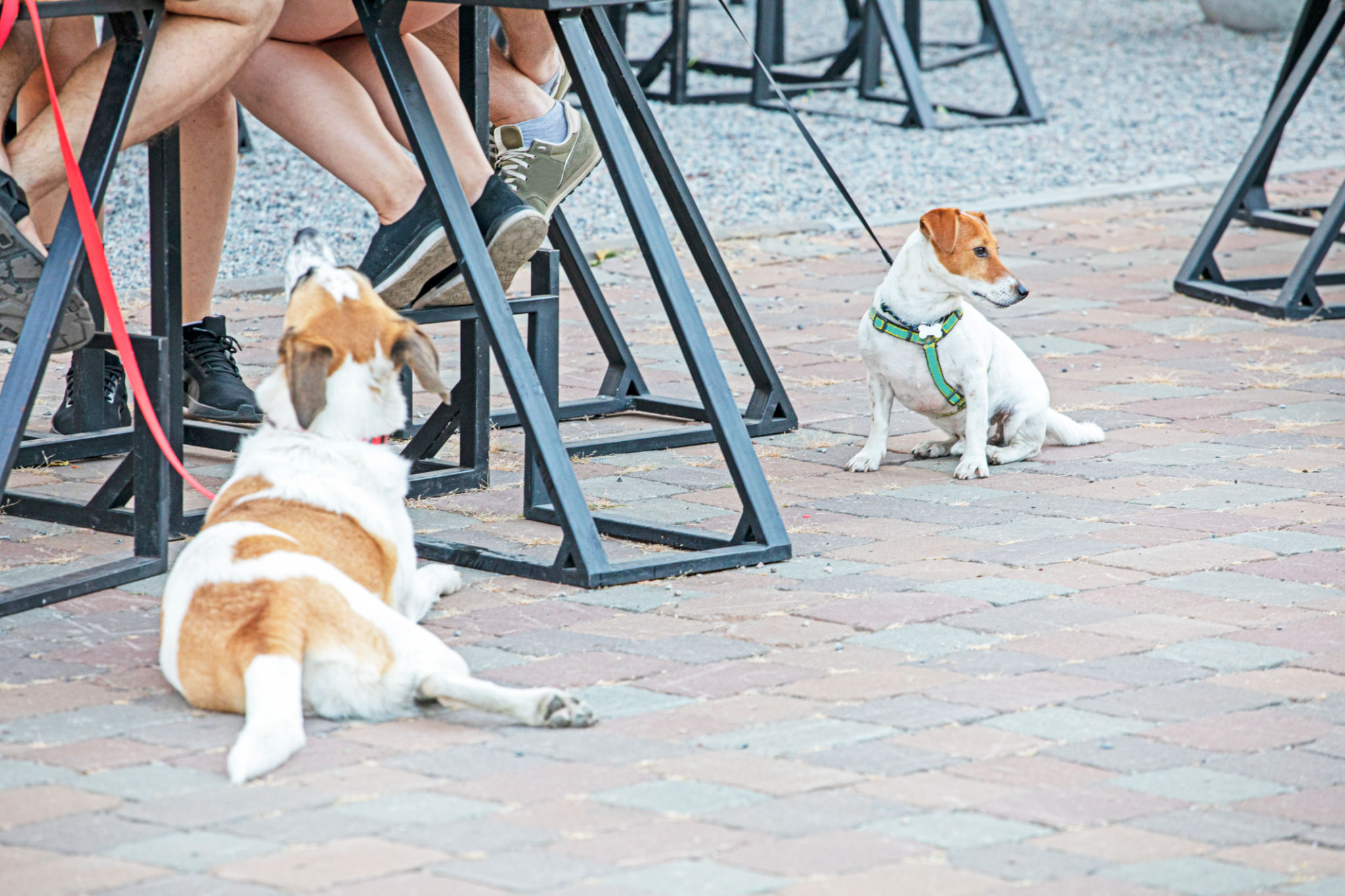DIY Dog Training Tips from Riverside's Top Trainers
Understanding Your Dog's Behavior
Training your dog effectively begins with understanding their behavior. Dogs communicate through body language, vocalizations, and actions. By observing your dog's cues and signals, you can tailor your training methods to suit their unique personality and needs. Patience and consistency are key when interpreting and responding to your dog's behavior.

The Importance of Positive Reinforcement
One of the most effective DIY dog training techniques is positive reinforcement. This method involves rewarding your dog for good behavior, encouraging them to repeat it. Rewards can include treats, praise, or playtime. The key is to provide the reward immediately after the desired behavior to strengthen the association.
For instance, if you're teaching your dog to sit, give them a treat or some verbal praise as soon as they follow the command. This reinforces the behavior and helps your dog understand what is expected of them.
Basic Commands Every Dog Should Know
Teaching your dog basic commands is essential for their safety and your peace of mind. Start with simple commands such as "sit," "stay," "come," and "leave it." These commands provide a foundation for more advanced training and ensure that you can manage your dog's behavior in various situations.
- Sit: Encourage your dog to sit by holding a treat above their nose and moving it back over their head.
- Stay: Use a hand signal paired with a verbal command to keep your dog in place until you release them.
- Come: Call your dog to you with enthusiasm, rewarding them when they reach you.
- Leave it: Teach your dog to ignore distractions by offering a treat when they look away from the distraction.

Addressing Behavioral Issues
Behavioral issues such as barking, chewing, or jumping can be challenging but are often manageable with the right approach. Identify the root cause of the behavior and address it directly. For example, if your dog barks excessively due to boredom, provide more mental stimulation through interactive toys or additional walks.
Consistency is crucial; ensure that every member of your household follows the same training protocols to avoid confusing your dog. Remember, patience and understanding go a long way in resolving behavioral issues.
Incorporating Socialization into Training
Socialization is a vital component of any dog training regimen. Expose your dog to a variety of people, environments, and other animals to help them become well-adjusted and confident. Start slow and gradually increase exposure as your dog becomes more comfortable.

DIY Training Tools and Resources
You don't need expensive equipment to train your dog effectively. Common household items can be repurposed as training tools. For example, a simple rope can serve as a tug toy, and a clicker can be replaced with a pen or even a specific word used consistently to mark good behavior.
Additionally, take advantage of online resources such as video tutorials and blogs from reputable trainers to expand your knowledge and skills. These resources can offer valuable insights and techniques tailored to different breeds and temperaments.
Maintaining Progress Over Time
Training is an ongoing process that requires regular practice and reinforcement. Schedule short, daily training sessions to keep your dog's skills sharp and prevent them from forgetting commands. Vary the environment and introduce new challenges to keep things interesting for both you and your dog.
Celebrate small victories along the way, and remember that setbacks are a natural part of the learning process. With dedication and love, you'll foster a strong bond with your furry friend.